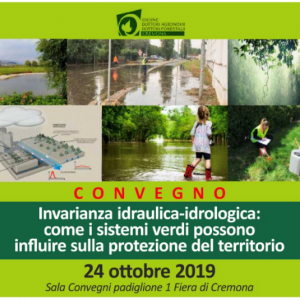Combination of aerial photography and high-resolution laser mapping can help tracking what is growing in the area and figuring out how much water those plants might need.
Your landscaping is under high-tech surveillance.
The imagery data is mostly used in the design, construction and maintenance of the valley’s water delivery system.
The laser mapping, LIDAR (light detection and ranging), is particularly useful in creating detailed, 3-D elevation maps that help determine where and how pipelines, pumps and reservoirs should be built in a service area that rises from about 1,200 feet above sea level in the east valley to almost 4,000 feet in Summerlin.
But the ever-improving technology is also helping inform the water authority’s conservation outreach by providing a new level of detail about the size, height and type of individual trees and the slope of turf-covered areas.
If a grassy hill is too steep to hold water or support recreation, for example, it might make a good candidate for the authority’s Water Smart Landscapes Program, which pays people to rip out their thirsty grass and replace it with desert plants.
Craig Hale is the authority’s project manager for spatial technologies.
The information is being used to develop the most detailed surface model of the valley ever made, with more than 10 billion individual data points in the urban core alone, Hale said.
But the technology isn’t perfect. He said the LIDAR instruments seem to have some trouble getting accurate readings from newly surfaced streets and, ironically, bodies of water.
For the conservation program, the LIDAR data is being “married” with aerial photos and infrared images shot each spring to produce a detailed landscape map of North America’s driest major city.
Since 2006, the water authority has been using aerial photography to track the amount of grass across the valley and measure the success of its turf-rebate program, which pays people up to $2 for every square-foot of lawn they lose.
The program was launched in 1999 and is credited with saving more than 10 billion gallons of water a year.
Mack said the aerial imagery also has a customer service application. He said he has used it on more than one occasion to help residents find their water meters, literally guiding them over the phone to the box in the ground by looking at pictures of their home.
Source: Review Journal


